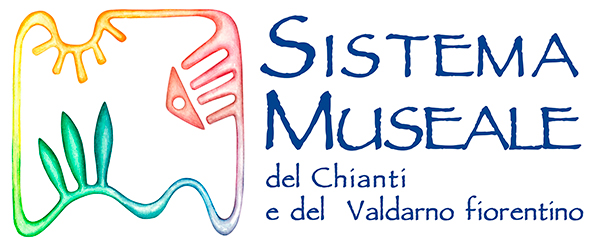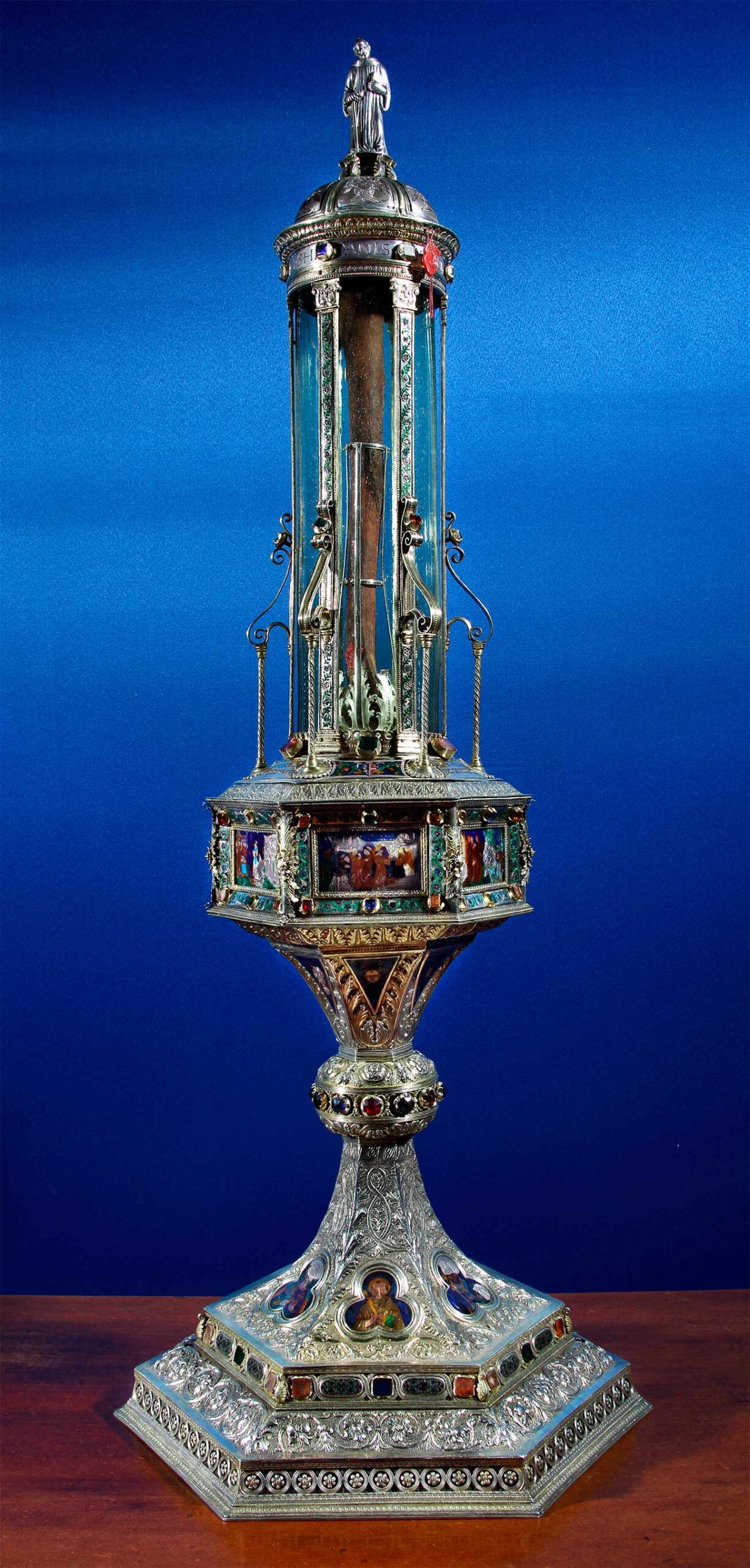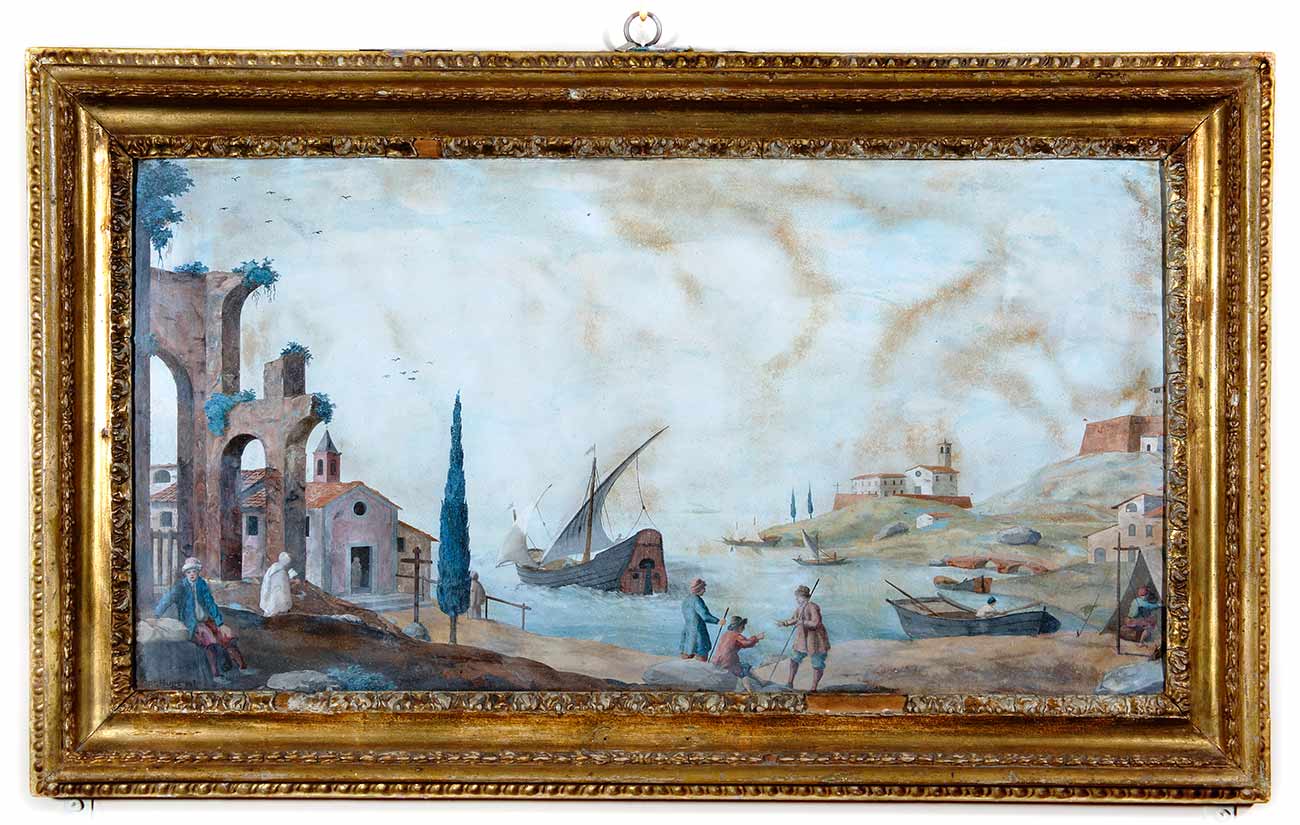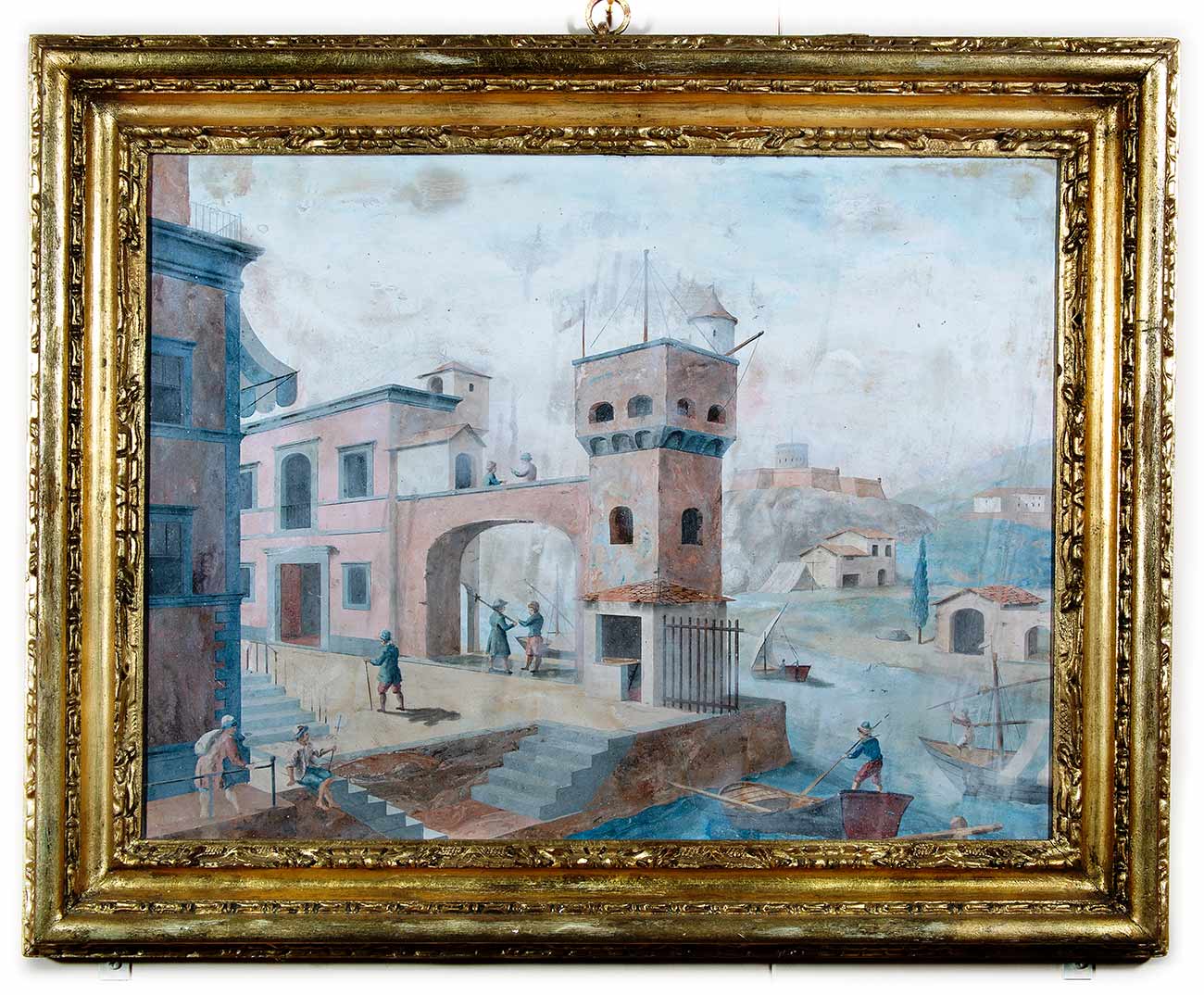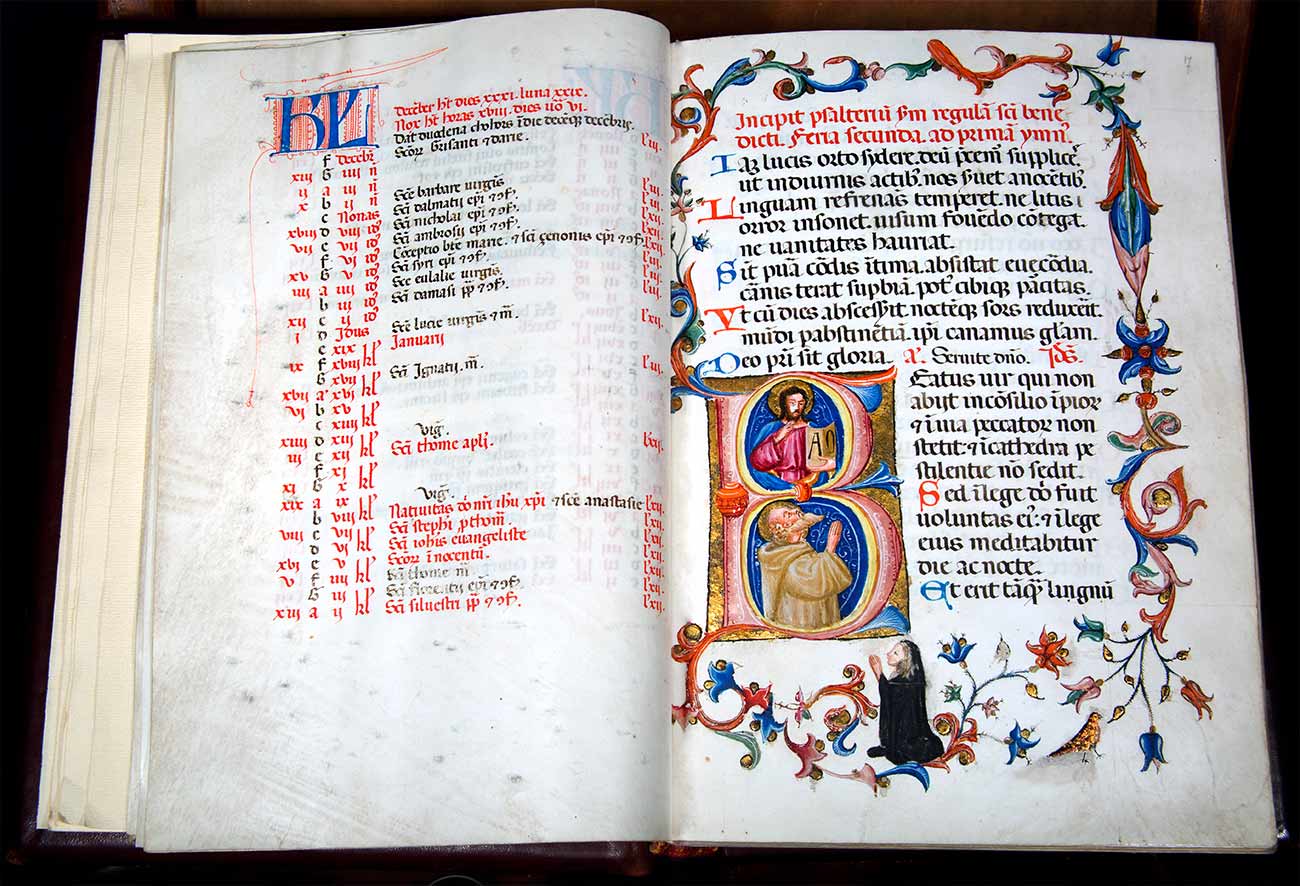Museo d'Arte Sacra di Vallombrosa

MUSEUM OF SACRED ART OF THE ABBEY OF VALLOMBROSA IN REGGELLO
The monastery of Santa Maria a Vallombrosa, Mother House of the Congregation, stands on the site where, toward the middle of the 11th century, its founder St. Giovanni Gualberto, erected a first simple chapel for the little group of monks following him into hermitage. The grandiose appearance of the monastic complex today dates mainly from the 15th and 17th centuries, except for the 12th-century bell tower. The church instead is decorated in 18th-century Late Baroque style. The church instead is decorated in 18th-century Late Baroque style.
The Museum, inaugurated in 2006 and occupying premises at the back of the main building, displays most of the art still present in the Abbey, as well as objects coming from other institutions, both Vallombrosan and not.
In the great hall is a varied array of ‘treasures’: liturgical robes, paintings, books and illuminated manuscripts, along with such commonly used objects as majolica jars and antique missals. Outstanding among these objects is a Taoist Staff dating from the 14th-16th century made of ivory, silver and enamel, its shape reminiscent of St. Giovanni Gualberto’s staff, symbolising the authority of the Abbot of Vallombrosa. An important collection of articles in scagliola recalls the artistic speciality of Abbot Enrico Hugford, who over the course of the 18th century brought this technique to the highest technical level, mixing selenite power with different colours to form impasti that are then used to fill previously prepared designs, producing an inlaid effect.
This room contains two real treasures, brought back when the museum was inaugurated after having been removed during the Napoleonic suppression of the Monastic Order in 1810.
One of these is the Parato Altoviti, consisting of an altar-frontal, two under-habits and a chasuble, made of splendidly embroidered fabrics, used in the past by the Abbots Francesco Altoviti (1454-1479) and Biagio Milanesi (1480-1513/14) and dating from the middle to the end of the 15th century.
The other is a great altarpiece representing the Virgin and Child with St. Biagio, St. Giovanni Gualberto, St. Benedict and St. Anthony the Abbot by Domenico Ghirlandaio and assistants, probably commissioned by Abbot Milanesi. After a long restoration procedure, its enamelled colours have regained their original splendour. Both of these works are on loan from the storage deposit of the Florentine Galleries, which had been purchasing them since the 19th century.
One of the most fascinating exhibits in the small adjacent treasury is the Reliquary of the Nail, made of gold, enamel and a sapphire. It was donated to Vallombrosa by St. Louis IX, King of France, around 1230 in exchange for a reliquary containing the hand of St. Giovanni Gualberto. Legend has it that the Saint’s arm was brought here by angels from the Badia di Passignano, where his body is kept, and inserted in the great Reliquary of the Arm, made of gilt silver, enamels and precious stones, commissioned by Abbot Milanesi of the famous goldsmith Paolo di Giovanni Sogliani, who made it in the year 1500.
Contacts and Social
Opening Hours
Open all days
10.00-12.00, 15.00-18.00
Do you need more information?
Sistema Museale del Chianti e del Valdarno – © 2021. All Rights reserved – Credits
Privacy Policy
Cookie Policy
